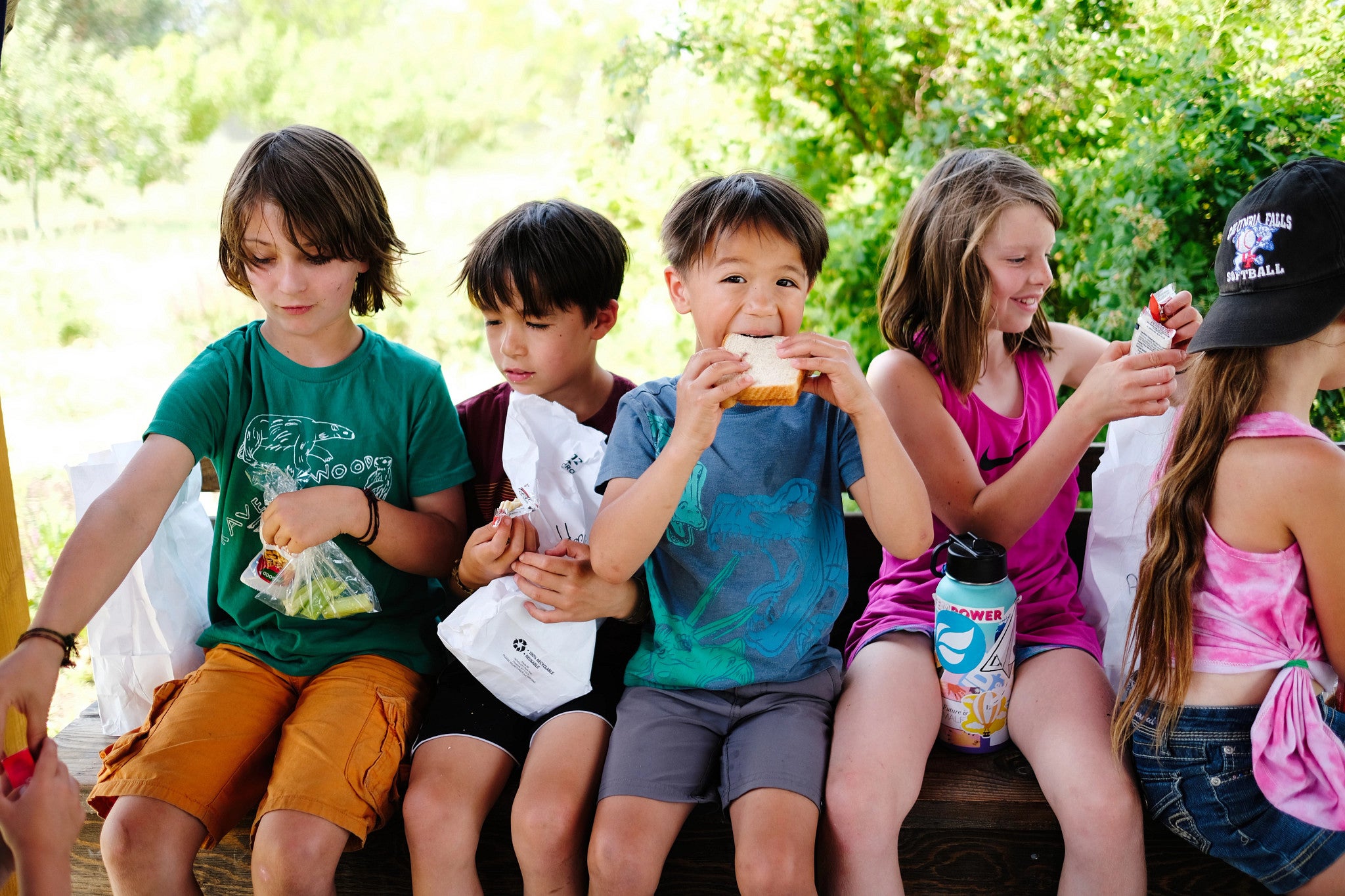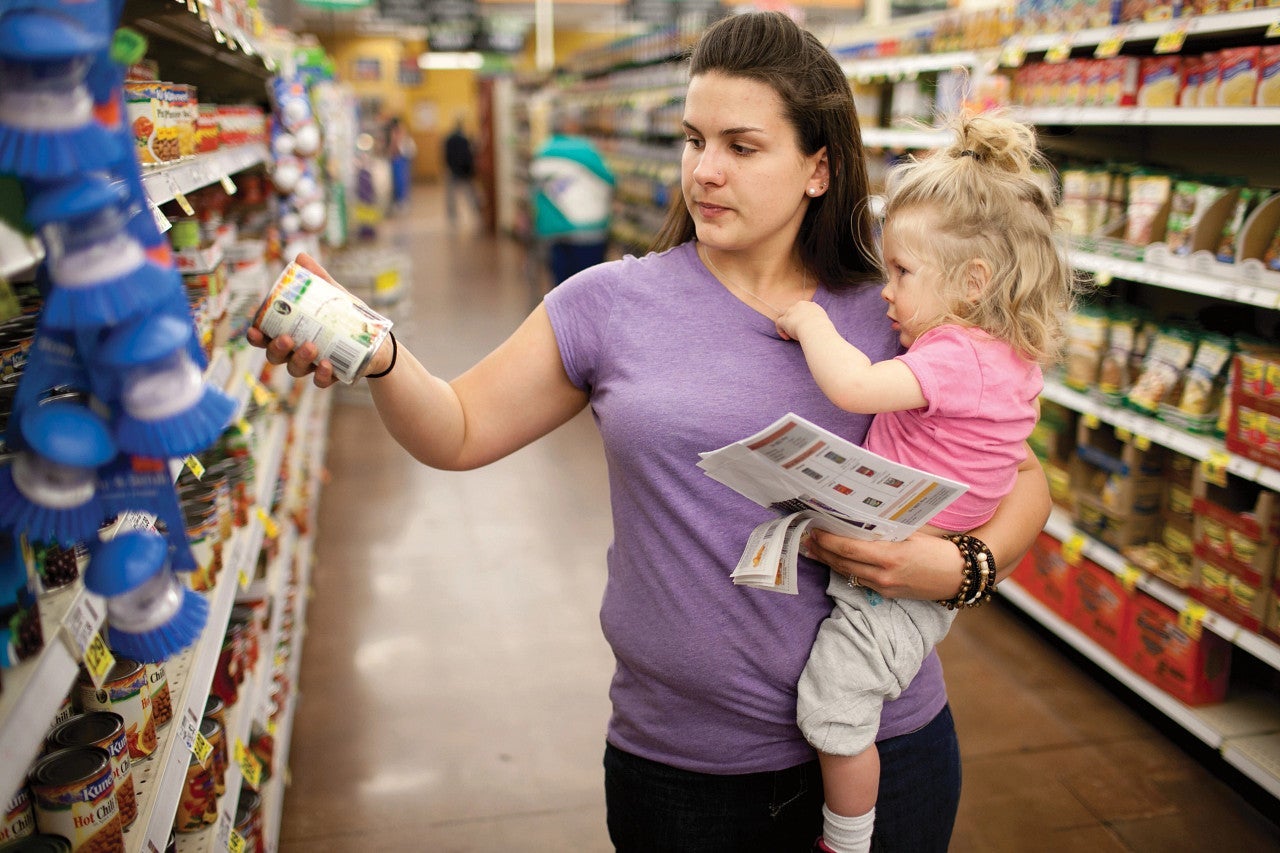School Breakfast
Every day, students in Maryland start their school day on an empty stomach. It’s hard for them to focus and learn, which is why it’s critical for them to start their day off right with a healthy breakfast. The School Breakfast Program, created in 1975 is a federally-funded program operated by school districts across the country to facilitate making a balanced breakfast more accessible for all students.
Participation by traditional school breakfast can be hindered by many factors, including:
- Transportation: The school bus doesn’t arrive with enough time for students to get breakfast in the cafeteria and eat it before school starts.
- Stigma: Particularly in middle and high school students, there is often a stigma associated with eating breakfast in the cafeteria and students will avoid it to ensure they aren’t perceived negatively by their peers.
- Lack of resources: For low-income families, sometimes there may not be enough food at home for a healthy breakfast.
- Busy mornings: Regardless of income, many families are rushed in the morning and don’t have time to eat breakfast at home.

Solving the Problem
We know that students who participate in school breakfast achieve higher test scores and attend school more regularly. That’s why we work to increase participation as a part of our strategy to end childhood hunger by incorporating Breakfast After the Bell. We provide schools with necessary technical expertise and grants, working with them on ways to increase the number of kids by incorporating breakfast as a part of the school day. Learn more about breakfast after the bell models like Breakfast in the Classroom, Grab and Go and Second Chance Breakfast.
School Lunch
School lunch offers students a healthy, balanced meal that they can rely upon during the school day. The National School Lunch Program is the nation’s second largest food and nutrition assistance program and feeds more than 30 million children each day. Healthy school lunches boost academic performance and closes the opportunity gap for children across the country.
Solving the Problem
At No Kid Hungry, we know that one of the best ways to ensure that students who rely on school meals have access to them is by removing any barriers for students to access them. We collaborate with schools as well as state and county agencies to look specifically at several federal funding options such as Provision 2 and Community Eligibility Provision (CEP). We collaborate with school nutrition services and state and county agencies to share best practices, provide grants, technical assistance, and peer-to-peer support to school districts adopting or expanding CEP.
Learn more about CEP here:
Summer Meals
During the school year, meals are available to kids through school breakfast and lunch. But during the summer, when schools are out, kids lose critical access to meals. To fill this gap, many local schools and community organizations across Maryland operate summer meal programs to provide food to kids at no cost. 21% of kids eligible for free or reduced price meals are reached by summer meals.
Summer meals are:
- Available for any kid or teen up to age 18
- Available at no cost
- Require no paperwork, signups, or eligibility confirmation required
- Fun! Many programs incorporate fun activities like art projects, sports, and science experiments in addition to serving meals

Barriers
Summer meals aren’t reaching all the kids who experience food insecurity. Without reliable sources of healthy food throughout the summer, more kids who live in families experiencing financial hardship are at risk of returning to school further behind academically, which can have exponential ramifications year after year.
One of the main barriers to participation in Summer Meals is because kids and families simply don’t know they exist! To help combat this every year, No Kid Hungry runs a free texting service that helps connect families with meals in their neighborhoods.
Parents and caregivers can simply go to mdsummermeals.org to see nearby meal locations.
SNAP
Barriers
When kids are enrolled in SNAP, they get the food they need to succeed both at home and at school, but many eligible families may not know they qualify or how to sign up. Any household (defined as a family, an individual, or any combination) that purchases food and prepares meals together may qualify for assistance depending on combined income.
Citizens of the United States or non-citizens who are legally residing in the U.S. are eligible to apply for benefits. Non-citizen parents may be able to receive benefits for their children if they are citizens as well. To learn more about benefits and eligibility, we encourage you to visit our Center for Best Practices.
It’s important to note that public charge rules DO NOT apply to programs like SNAP, Pandemic EBT, WIC, and school meal programs. Participating in one or more of these programs will not affect an individual’s immigration status or chances of receiving legal permanent residency in the future.
Solving the Problem
Outreach and Advocacy
Raising awareness about SNAP and providing needed support during the application process is crucial in ensuring families and children have adequate resources needed to thrive.
By addressing common barriers to SNAP access through outreach and assistance, we’re ensuring more people who already qualify have the information they need to apply and receive benefits.
One way to do this is by supporting SNAP outreach through schools.

SNAP in Schools
School districts can play an important role in supporting access to SNAP as a trusted information source for students, parents and caregivers. An added benefit is that increasing SNAP access supports the whole school community and helps schools!
Increasing SNAP access for eligible families helps to:
- Directly certify more children for free meals while boosting school nutrition revenue
- Securing money for education programs and supports like libraries and internet access
- Improving student education outcomes
- Providing more resources for families and communities, like discounted internet services and identifying areas eligible for community-wide afterschool and summer meal programs.
- Become eligible for and increase revenue potential in the Community Eligibility Provision, which allows schools to offer free school meals for all students.
For more information on SNAP and how you can support, please visit our Center for Best Practices page!
Maryland SUN Bucks for Children
Maryland SUN Bucks, formerly known as Summer SNAP for Children will reduce poverty and hunger for vulnerable children in Maryland by providing an additional $40 per child, per summer month, in food benefits directly onto SNAP (previously known as food stamps) electronic benefits cards, and an additional $10 per child during the winter break. Click here to learn more.





